
The Real People in History
-
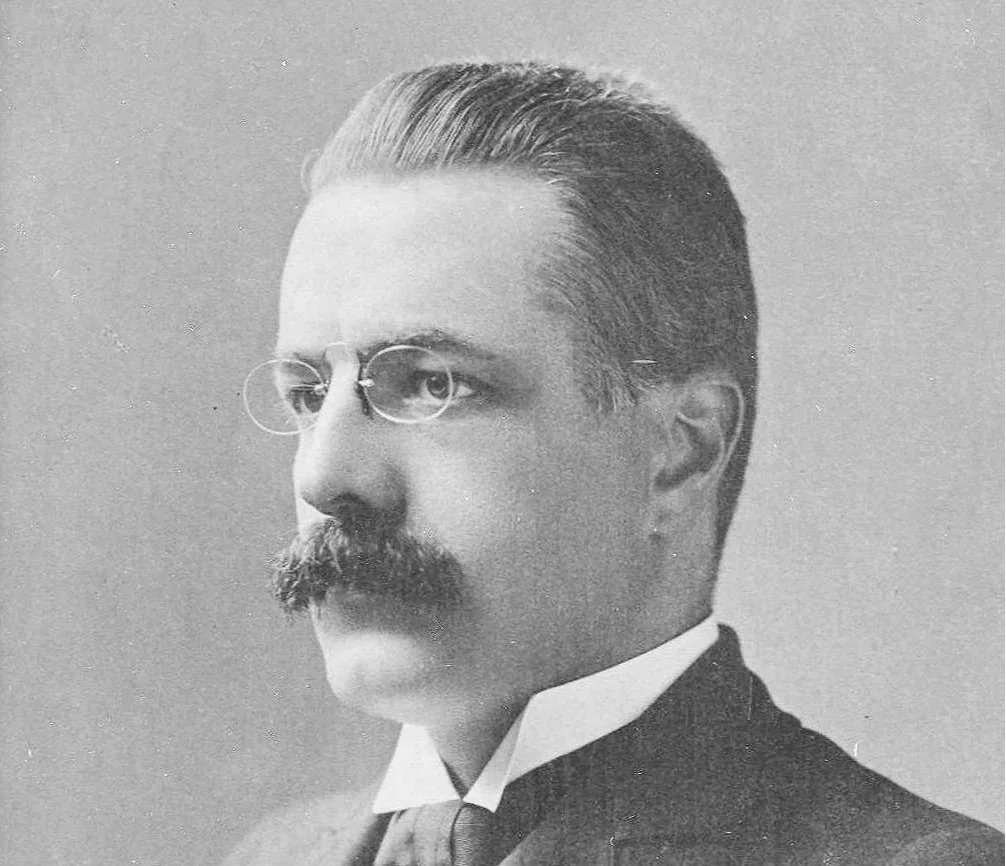
George B. Cortelyou
Our capable, composed, and charming protagonist, George B. Cortelyou was the steady hand behind three American presidents. Known for his talent for organization, precision, tireless work ethic and integrity, he helped shape the inner workings of modern American government - quietly driving results where others sought attention.
-

President Theodore Roosevelt
Energetic, unpredictable - a peer. Theodore Roosevelt Jr., also known as Teddy or T. R., was the 26th president of the United States, serving from 1901 to 1909. Bold, impatient, and reform-driven, Roosevelt is a contrast to Cortelyou’s quiet precision. Their working relationship starts awkwardly as the two are so different, yet evolves into a effective strategic partnership.
-
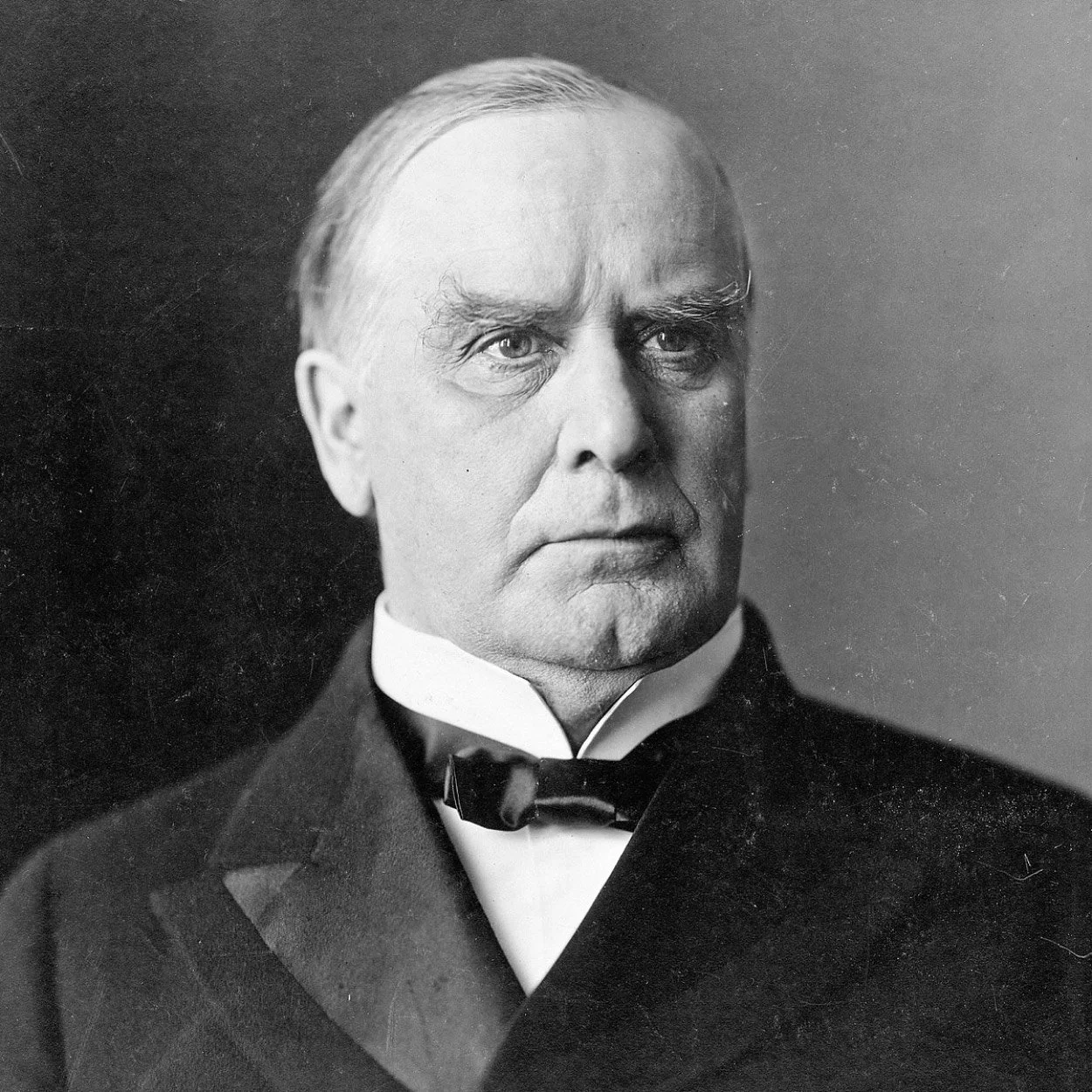
President William McKinley
Fatherly and steady. William McKinley was the 25th president of the United States, serving from 1897 until his assassination in 1901. He mentors Cortelyou and relies on him heavily during the Spanish-American War and in daily White House operations. Their relationship is exceptionally warm - almost father to son - cut short by tragedy that reshapes the series’ course.
-

J.P. Morgan
A chief antagonist. Morgan is a ruthless financier and occasional ally of Cortelyou. One of the richest men in the world, Morgan is strategic and commanding. He first meets Cortelyou as a player for the opposite team, but later depends on him during the 1907 financial panic. By the end of series, Morgan offers Cortelyou his support for president - support with strings attached.
-

Alice Lee Roosevelt
Theodore Roosevelt’s eldest daughter. Sharp, rebellious, and endlessly charismatic, Alice Roosevelt defied every convention of her era. As First Daughter, she dazzled the public - smoking on the White House roof, carrying a pet snake, and stealing headlines with her wit and boldness. Alice and her father shared a complex, emotionally fraught relationship.
-

Lilly Cortelyou
George’s wife and emotional anchor. Intelligent, witty and supportive, she pushes her husband to pursue greater recognition by the world. She also navigates the demands of public life and long absences. Their relationship highlights the personal cost of public service.
-

Mr. Wilson - White House Chief Stewart
Mr. Isaiah Wilson, the Chief Stewart of the White House, who witnesses Cortelyou’s rise in government. Mr. Wilson is based on Wilson Jerman - a former White House butler who worked for 11 presidents, from Dwight D. Eisenhower to Barack Obama.
-

Ida McKinley
Ida McKinley was the wife of President William McKinley. Fragile in health, her wellbeing becomes a priority after the assassination, as Cortelyou delivers the news with care and discretion. She never recovered from losing their daughters as children and remained in a fragile state of health for the rest of her life, including having seizures.
-

Marc Alonzo Hanna
Hanna was a key figure in McKinley's political rise. A shrewd political tactician and master of back-room deals, he butted heads with Cortelyou during Roosevelt’s reelection campaign in 1904, thinking the young Cortelyou too naive and principled to get the job done. He was wrong.
-

Edith Roosevelt
Edith Kermit Roosevelt was the second wife of President Theodore Roosevelt. Sharp and perceptive, Edith quietly shapes the Roosevelt presidency from behind the scenes. She connects with Lilly over shared pressures and social concerns.
-

Booker T. Washington
Booker T. Washington’s 1901 dinner at the White House with President Theodore Roosevelt was the first time a Black American was invited to dine socially with a sitting president. The event sparked national controversy, revealing the deep racial divisions of the time and marking a bold, though politically costly, statement on equality by the new Administration.
-
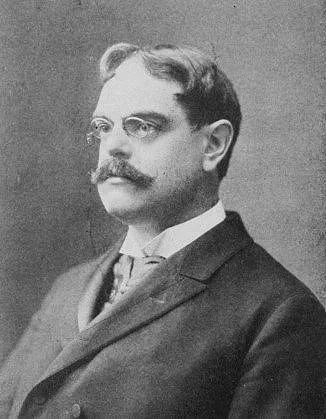
John Addison Porter
At first, Cortelyou works quietly under John Addison Porter, McKinley’s official Private Secretary and early antagonist - a Yale graduate, poet, and self-proclaimed intellectual who views the daily mechanics of the office as a chore beneath his pedigree. Porter sees in Cortelyou a threat - and with good reason.
-

President Grover Cleveland
Direct and principled, Cleveland gives Cortelyou his start in federal government. Their relationship is built on competence and mutual respect despite party differences.
-

Leon Czolgosz
Leon F. Czolgosz was an American laborer and anarchist who shot President William McKinley on September 6, 1901, in Buffalo, New York.
-

Grace Cortelyou
George’s daughter appears later in the series as a thoughtful, intelligent presence who helps reveal a more personal side of her father. She serves as the series’ narrator, opening and closing the story with reflections on who he was. Through her eyes, we come to understand the full measure of his character and the lasting impact he had on the people around him—and on the nation itself.
-
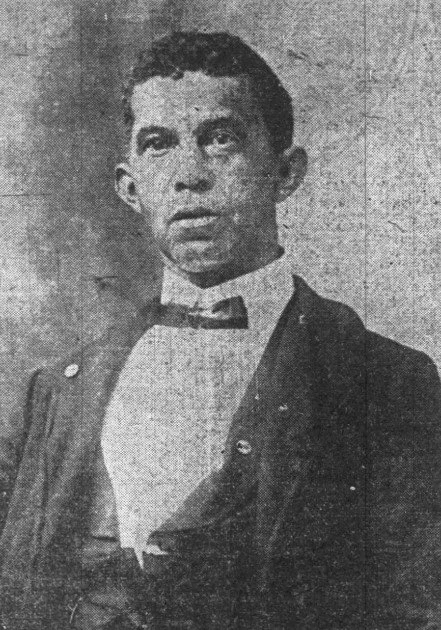
"Big James" Parker
The man who tackles McKinley’s assassin moments after the shooting. Initially viewed with suspicion, Parker briefly earns public praise but is quickly sidelined. His story reflects the racial dynamics of the era.
-
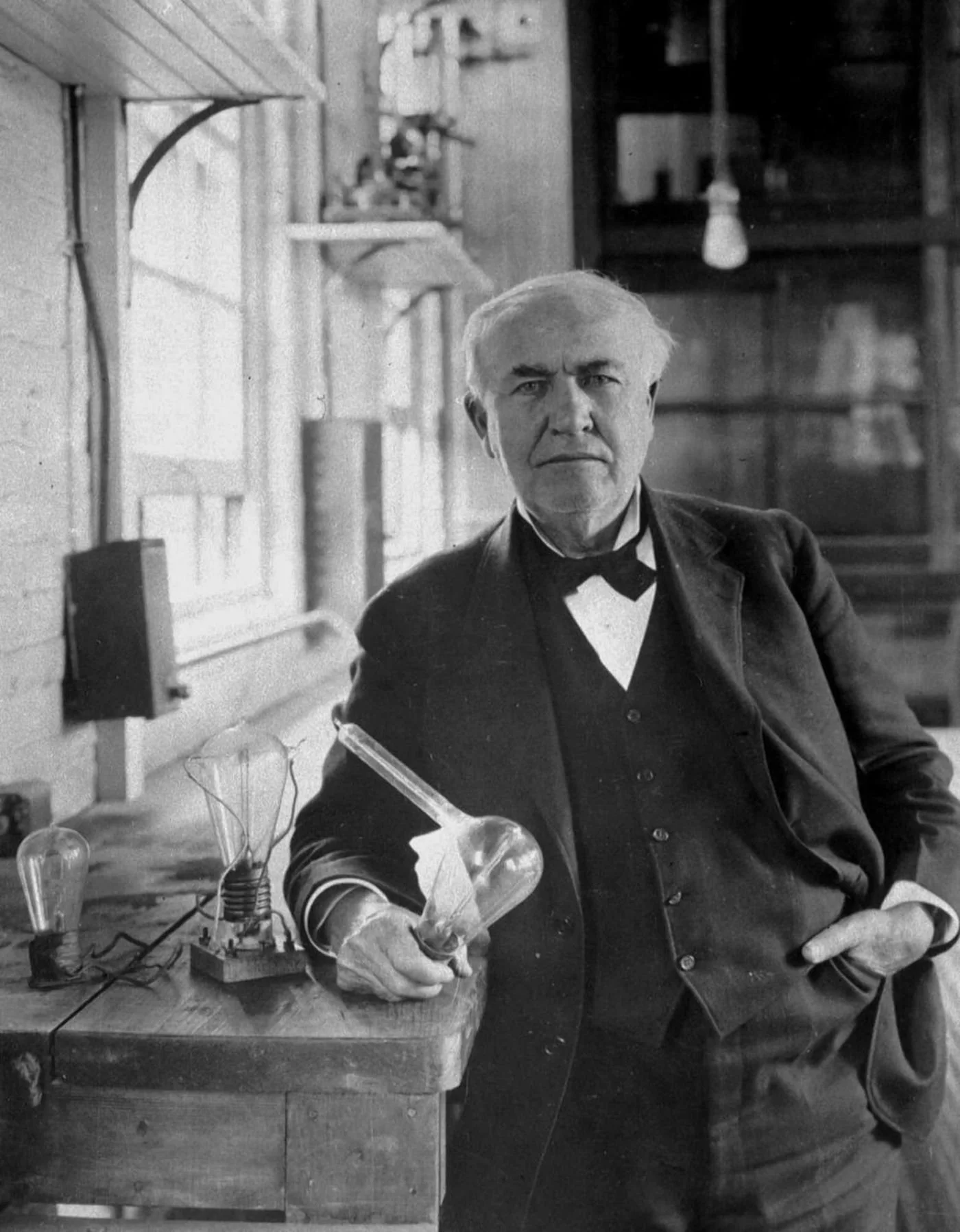
Thomas Edison
Thomas Edison was an American inventor of the light bulb, electric power generation, mass communication, sound recording, and motion pictures and more. Edison serves as a touchpoint for the merging of technology and policy. At the request of Cortelyou, Edison sends the new X-Ray machine to Buffalo to help locate the assassin’s bullet, lodged in President McKinley.
-

Domestic Staff
In the White House, there was the Chief Stewart, then beneath him were the maids, footmen, cooks and laborers. About one-third of the servants lived in the White House.
-

Philander Knox
In 1902, President Roosevelt instructed Attorney General Knox to break up the Northern Securities Trust/business cartel. The case worked its way up to the Supreme Court, where the justices ruled 5-4 in favor of the federal government.
-

Wilson S. Bissell
Postmaster General under Cleveland who recognizes Cortelyou’s talent early and facilitates his move to Washington. A minor figure but key to Cortelyou’s trajectory.
